Trace Martin Luther’s Footsteps Through Germany
It’s 500 years since the start of the Protestant Reformation—here’s what you can still see today
/https://tf-cmsv2-smithsonianmag-media.s3.amazonaws.com/filer/c7/8b/c78b095d-3a6b-4829-99b0-7687f6f0f4e9/martinluther-workshopcranachelder.jpg)
In 1517, Augustinian monk Martin Luther was so fed up with the Catholic Church that he (allegedly) nailed a list of 95 observations, called the 95 Theses, to the door of a church in Germany. He was frustrated by the greed and corruption he saw in the church, particularly by reports that some in positions of power were taking large sums of money in exchange for absolving sinners of their mistakes. His treatise included questions and ideas for debate, largely centering on two topics: that the Bible, rather than priests or the Church, should be the religious authority and that people can only achieve salvation through internal spiritual repentance, not by sacramental confession or indulgences.
Luther only intended for his theses to spur debate, which was common at the time—scholars posted talking points on doors frequently so people could read them. But soon his ideas were mass-produced on a printing press and spread throughout Germany. This sparked a grassroots movement called the Reformation, which divided the Western church in two, leading to the founding of Protestantism and transforming the way generations of people thought about their relationship to God.
After Luther posted his Theses, he was called to defend his ideas in front of an assembly. There was no agreement, so Luther went home. From 1518 to 1520, the Pope spoke out against Luther's writings and ordered an investigation into his teachings—that ended in 1521 with Luther being excommunicated from the Catholic church. That same year, Holy Roman Emperor Charles V ordered Luther's writings destroyed and branded him an outlaw. Luther then went into hiding, though his work had already sparked a revolution. For the remaining years of his life, he was protected by his friends, powerful German princes who made sure he lived a safe life. He married and had five children. Luther died in 1546.
Religious or not, these spots in Germany helped shape the world as we know it, and you can still visit them today.
Lutherhaus, Wittenberg
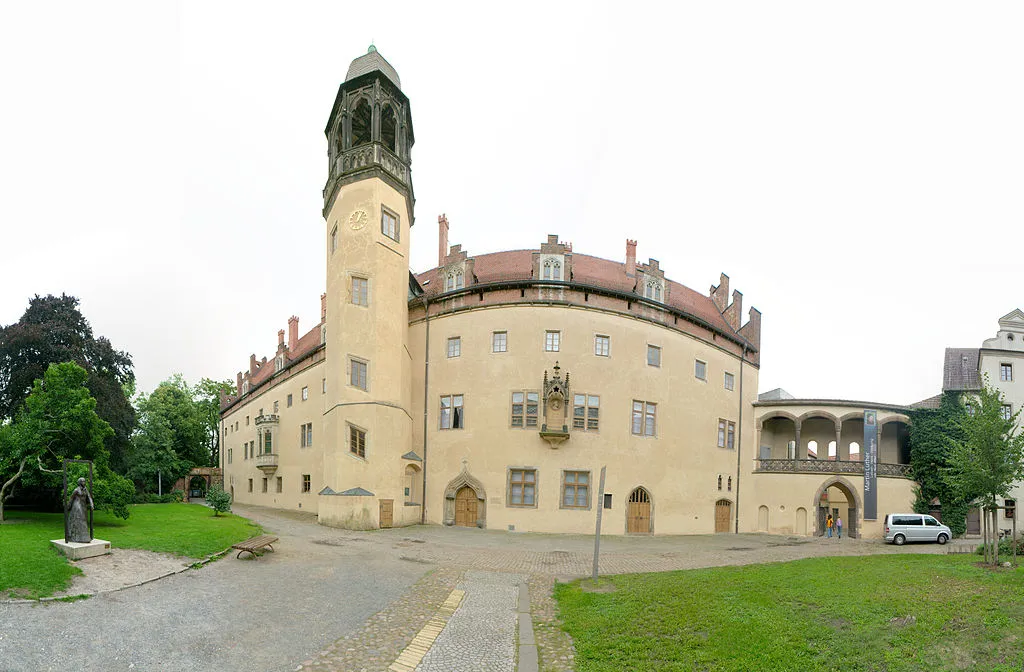
Construction on this present-day Unesco site began in 1504, built to be a monastery for the Augustinian order. At that time, it was known as the Black Monastery because of the color habits worn by the monks. Luther moved into the monastery in 1508, and it is here that he wrote his treatise. The monastery was dissolved as a result of the Reformation, but Luther continued living there and was joined by his wife and family in 1525. After Luther's death, the former monastery was taken over by the university and served as a residence for visiting scholars. When visiting the Reformation museum on the grounds now (there’s been a museum there since the late 1800s), don’t miss the exhibits containing his personal manuscripts, books, furniture, and more, including the pulpit he preached from at the Castle Church.
Schlosskirche, Wittenberg
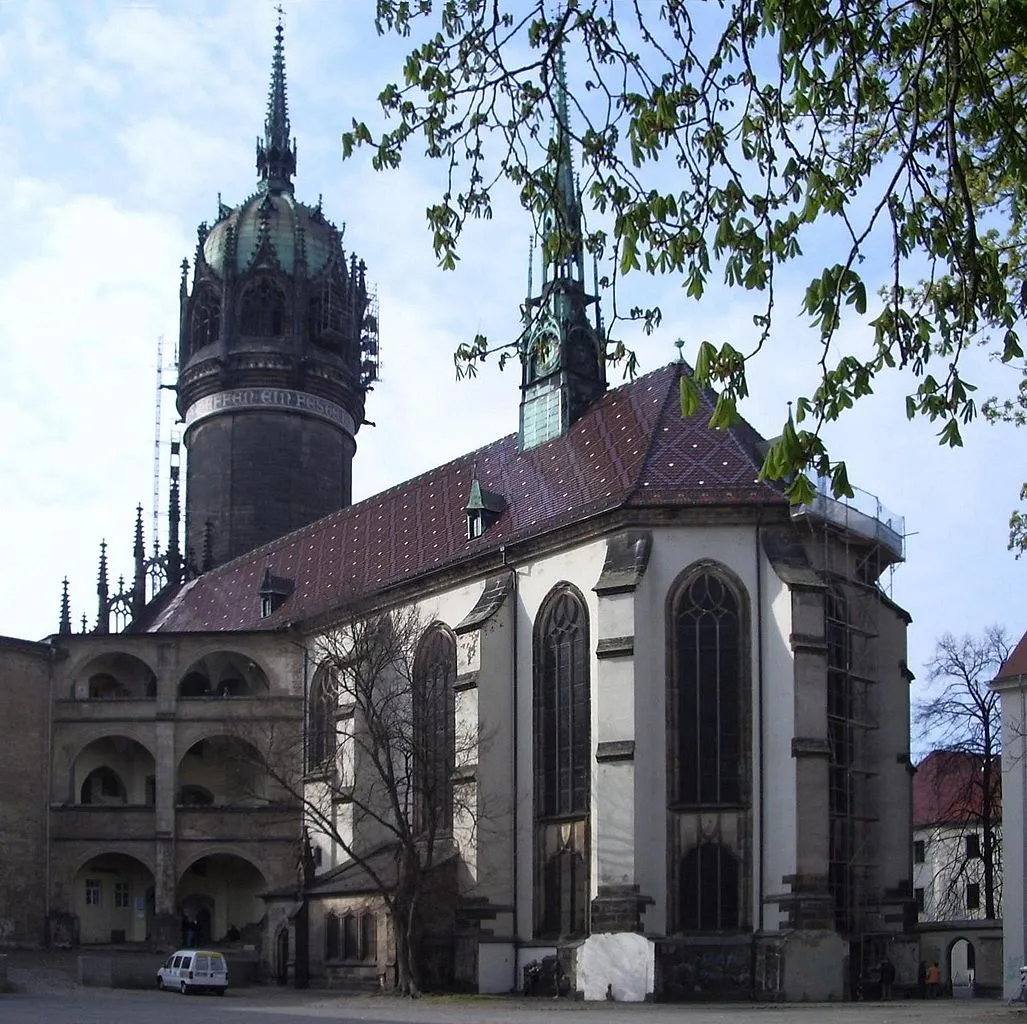
On October 31, 1517, Luther headed here and is said to have nailed his 95 Theses to the door of this very church. The original doors are sadly no longer there—they burned in 1760 along with a large part of the church—but the theses are inscribed on the 1858 bronze doors that replaced the wooden ones. Luther is buried here as well, with a simple marker above his coffin. The plaque, roughly translated from Latin, says, “Here lies the body of Martin Luther, Doctor of Divinity, who died at Eisleben, his birthplace, on the 12th of the Calends of March, in the year 1546, when he had lived 63 years, 3 months and 10 days.” There’s also a tribute to Luther at the top of the round tower, if you climb the 289 steps to get there.
Wartburg Castle, Eisenach
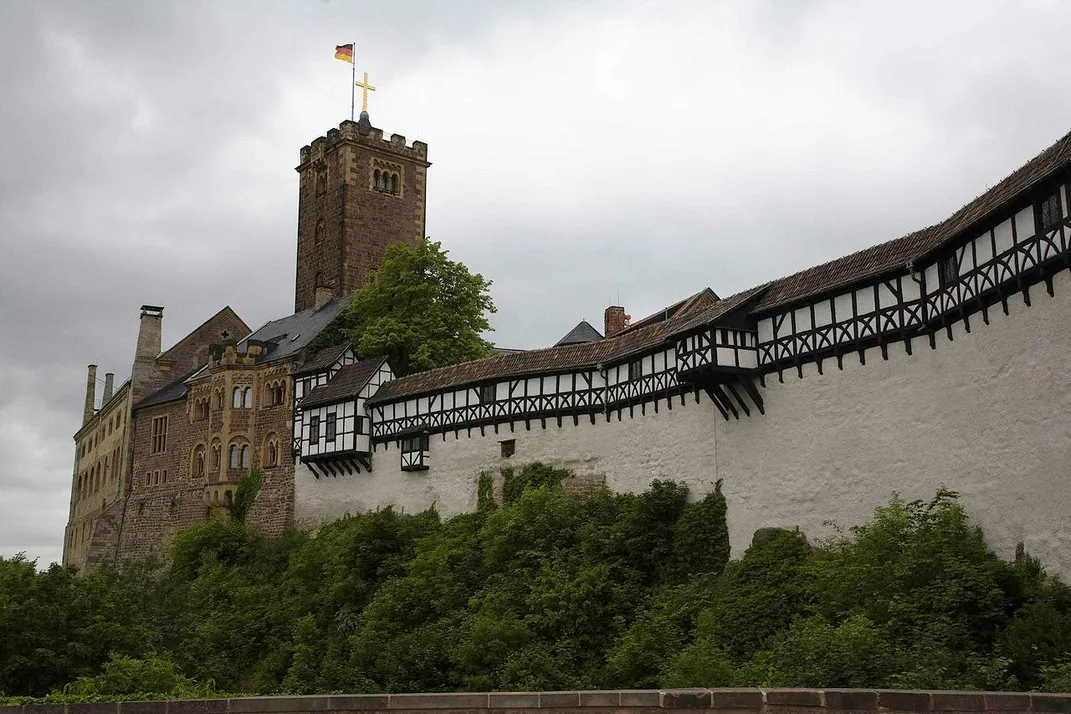
This Unesco site was Luther’s hiding place, where he stayed after he was declared an outlaw in 1521. The Elector of Saxony, Frederick the Wise, brought Luther here to save his life. As an outlaw, he could be killed freely by anyone at any time according to German law. Frederick the Wise staged a fake attack on Luther’s life—with Luther’s consent—in order to take him to Wartburg for protective custody. He lived here for ten months under the alias Knight George—even dressing like a knight to avoid being discovered. He wore a sword, clothes of nobility and donned a fancy hairstyle and beard. While Luther was at Wartburg, he translated the New Testament from Greek into German. It reportedly only took him ten weeks. The small cell Luther stayed in, called “Luther’s Room,” can be visited by tourists today, where they can see a desk and chair with a bible and portrait of Luther on display.
Augustinerkloster, Erfurt
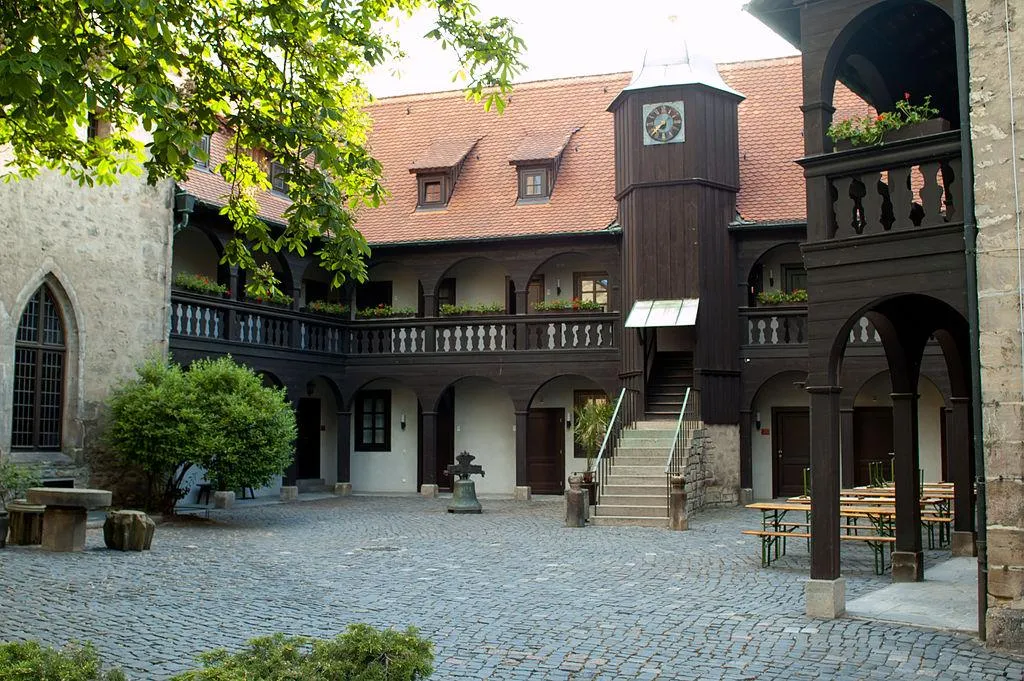
In 1505, according to legend, Luther was terrified for his life and shouted up into the severe thunderstorm he thought would kill him these words: “Saint Anna, help me! I will become a monk.” Today, that spot in the Stotternheim district of Erfurt is marked with a commemorative stone, for it was after that declaration that Luther—who had weathered the storm alive—headed to this monastery, began his studies to become a monk, and took his vows the following year. He was ordained here in 1507. Today, the monastery is still a working Lutheran church, but with some extra amenities: a historical library, lodging for visitors, a café and a conference center.
Eisleben
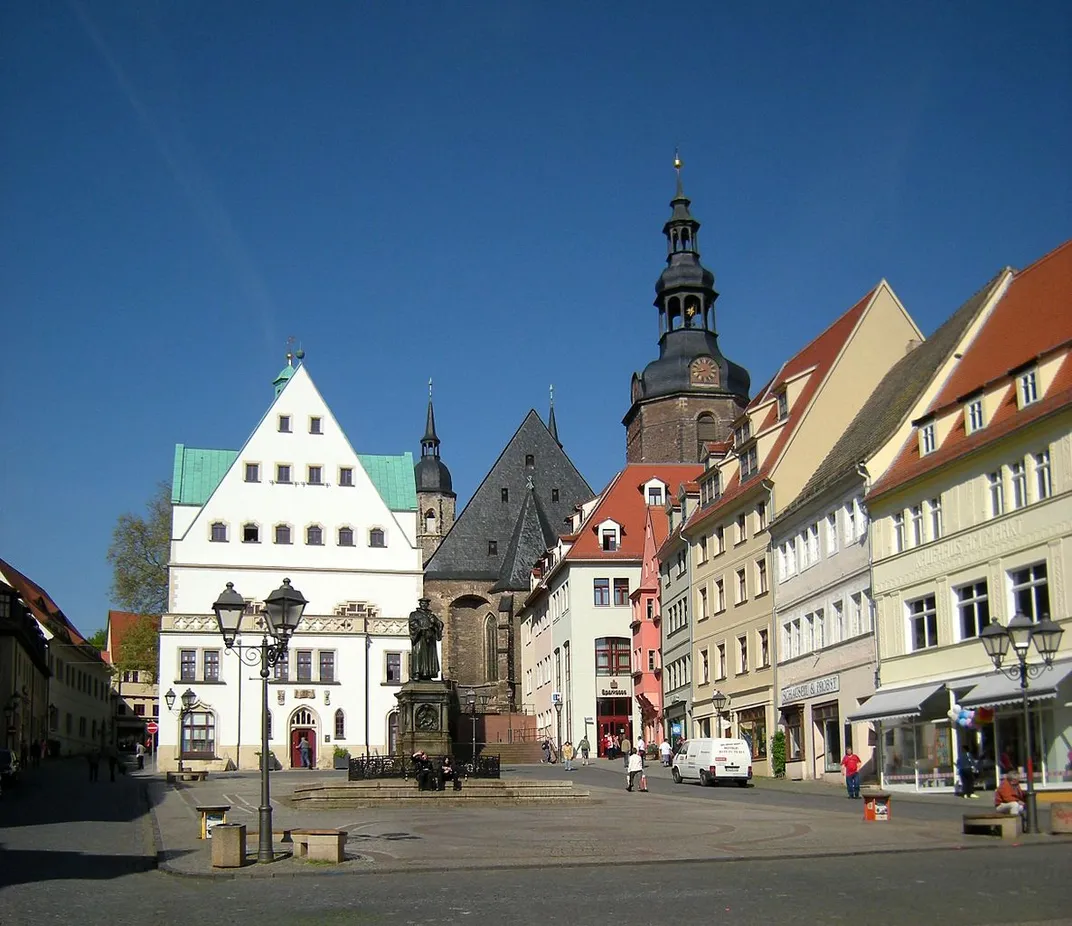
Eisleben played a huge role in Luther’s life—he was born here, baptized here and died here. The town itself dates back to the 10th century, with suburbs from the 12th century. Luther’s baptismal font is at St. Peter and Paul Church. He was baptized on November 11, 1483, and some of the original remains of the font can still be seen in the middle of the chancel. Baptized one day after his birth, his birthplace is now a museum as well as a Unesco World Heritage Site and has been a destination for pilgrims since the 17th century. Coincidentally, he died in this town while visiting family—and that building, too, is a museum now. At the nearby Andreaskirche, Luther spoke his final sermons. The last line of his last sermon was, “I am able to say many more things about this text, but I feel very weak and sick today. I hope I can do it later.” He died the next week, and his funeral was held at the same church.
Planning Your Next Trip?
Explore great travel deals
Smithsonian magazine participates in affiliate link advertising programs. If you purchase an item through these links, we receive a commission.
/https://tf-cmsv2-smithsonianmag-media.s3.amazonaws.com/accounts/headshot/JenniferBillock.png)
/https://tf-cmsv2-smithsonianmag-media.s3.amazonaws.com/accounts/headshot/JenniferBillock.png)